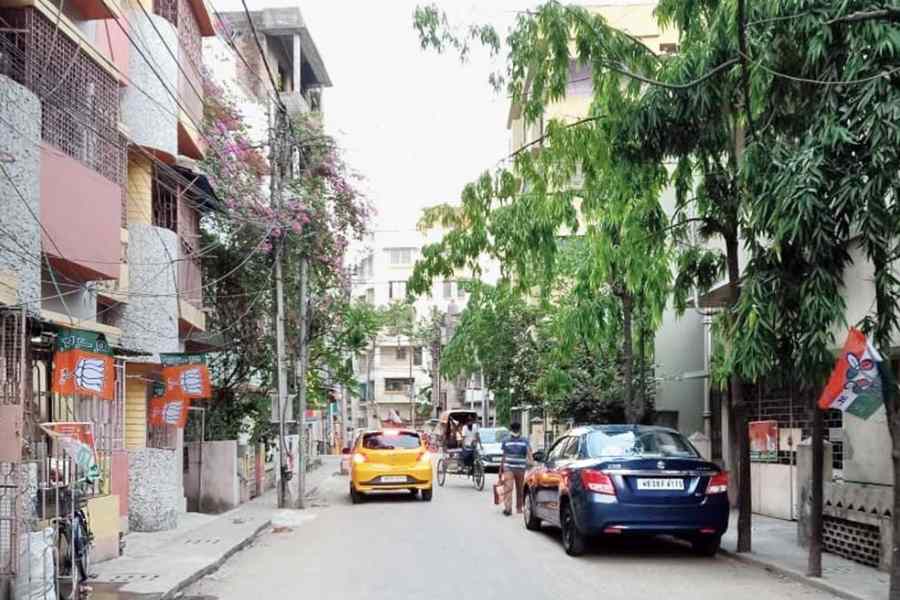Life in stretches of Calcutta still begins and ends with their paras. Perhaps this is why two architects from Ahmedabad recently made a strong case for preserving the distinct flavour of Calcutta’s paras, which are far more than just geospatial locations united by a common pin code. Paras are liminal spaces that are neither purely emotive units nor strictly administrative categories, neither entirely public nor completely private domains. They grow and rest on the back of social bonds that create pockets of belonging. In urban settings, which are traditionally associated with anonymity, as well as competition and individualism, the para and the human equations within it are unique. The many rituals of a para — conversations across balconies, gossiping at the street corner or the grocery store, friendly, spirited arguments at a tea shack, congregations at clubs, parks, religious places and so on — are means of forming and sustaining informal, often intergenerational, kinships.
All this may sound idyllic but the socio-spatial unit of a para rarely springs up arbitrarily. Who lives where and who is whose neighbour are crucial tools of social sanction. Take, for instance, the ‘Musolman paras’ of Calcutta. The formation of ghetto-like spaces where Muslims can feel ‘safe’ — or is it that the city feels safe owing to such spatial marginalisation of the Other? — exclude them from being integral to the cosmos of urban life and living. Historically, too, paras have coalesced around class (bonedi para), caste (baidya para), gender (baiji para) and occupational (kansari para) identities. Thus, the essence of the community engendered by paras ought not to be imagined sans stratification. The resultant anxiety to preserve identity and encourage protectionism and honour — of, say, the neighbourhood women — also lends paras to subtle cultures of surveillance. It is this panoptical nature of the para that led to the erstwhile Left Front government forming Nagarik Committees in Calcutta’s neighbourhoods that acted as the eyes and ears of the State. Present-day Calcutta has not buried the political genie either: it pops out of the proverbial bottle through the present regime’s patronage — financial and otherwise — of para clubs or para Pujas.
The para, of course, is not unchangeable. In fact, in large parts of the city, the para has been waging a losing battle against emerging gated communities. But the para is nothing but resilient, even wily: gated communities, too, have become microcosms of the para. This is manifested through such traits as the occasional parleys, the games of intrigue among residents, diktats from residential welfare associations that are binding on the flock, power plays within the hierarchy of residents, robust mechanisms of oversight within the residential boundaries and so on. Little wonder then that the ‘deviant’ residents — single women, those with radical, rebellious streaks, and religious or sexual minorities — often find themselves in the line of fire in such dwellings.
Instead of replicating the sense of community, brotherhood and safety that were typical of para culture, the latter’s problematic aspects seem to be getting a new lease of life in post-para urban settings. Any project to preserve the para thus must occlude its vices and include its virtues.










